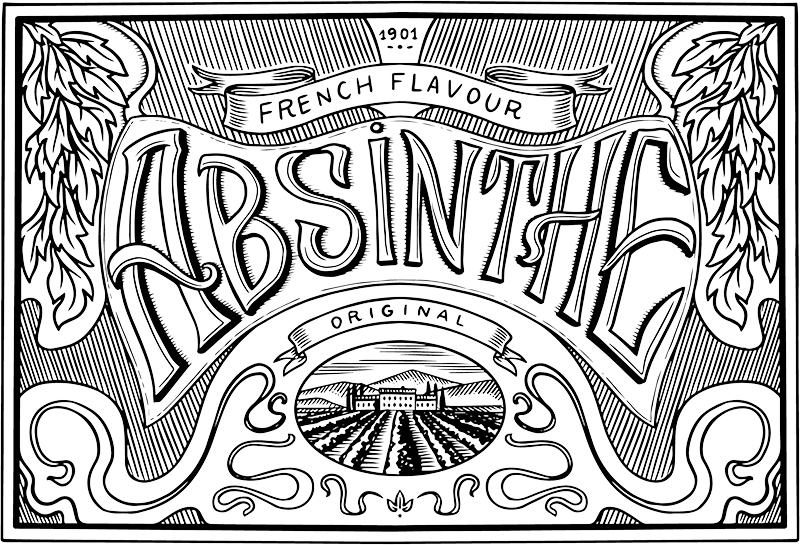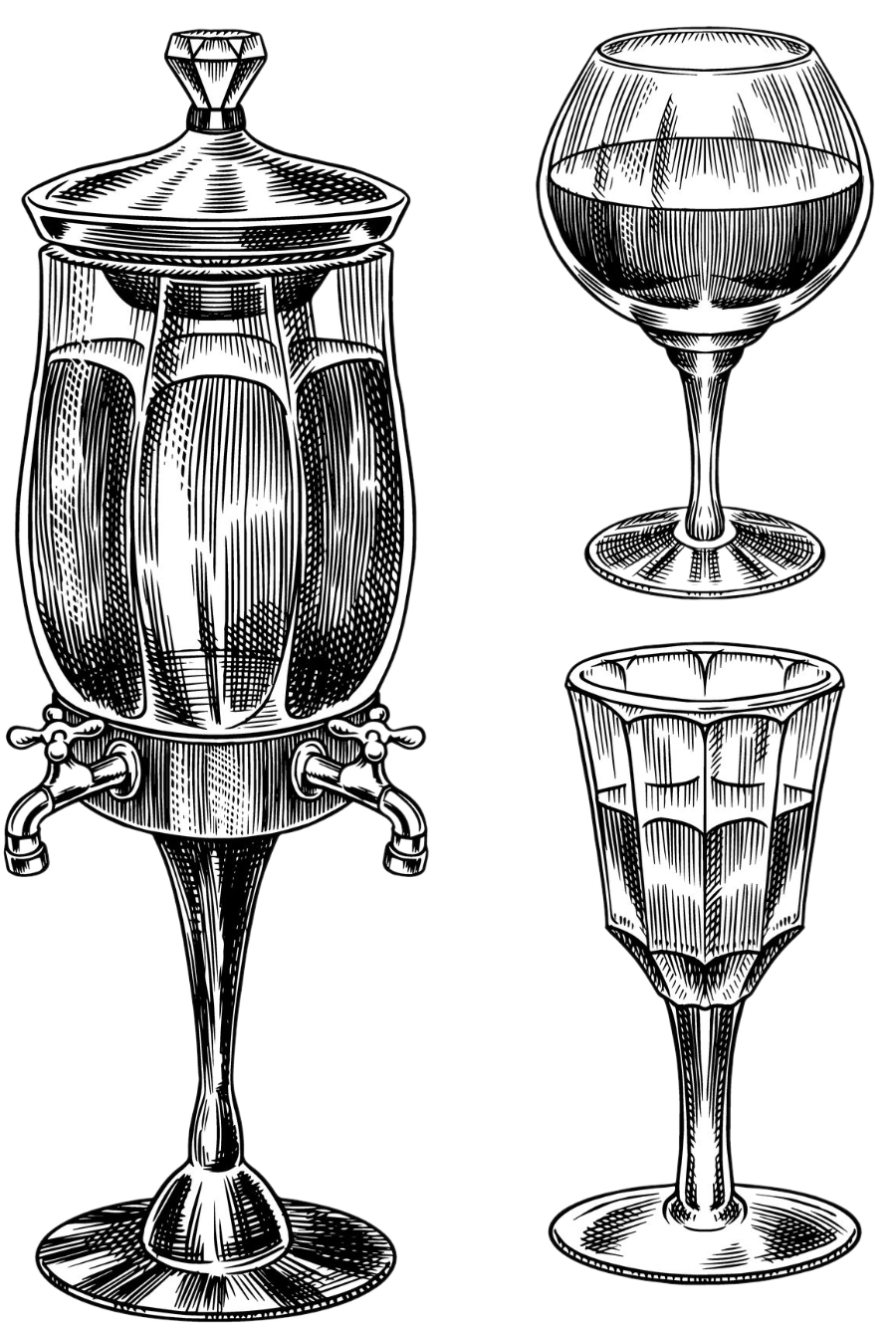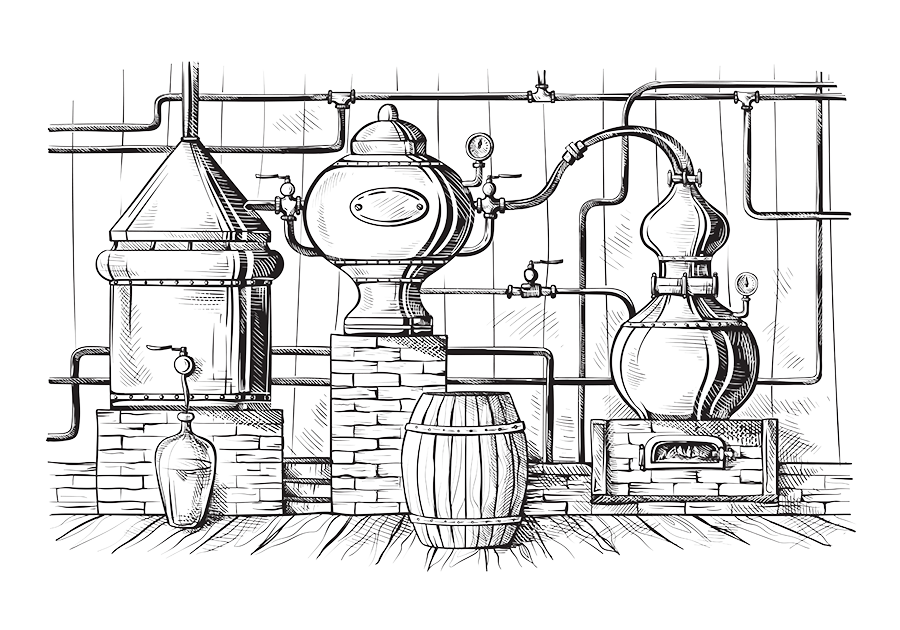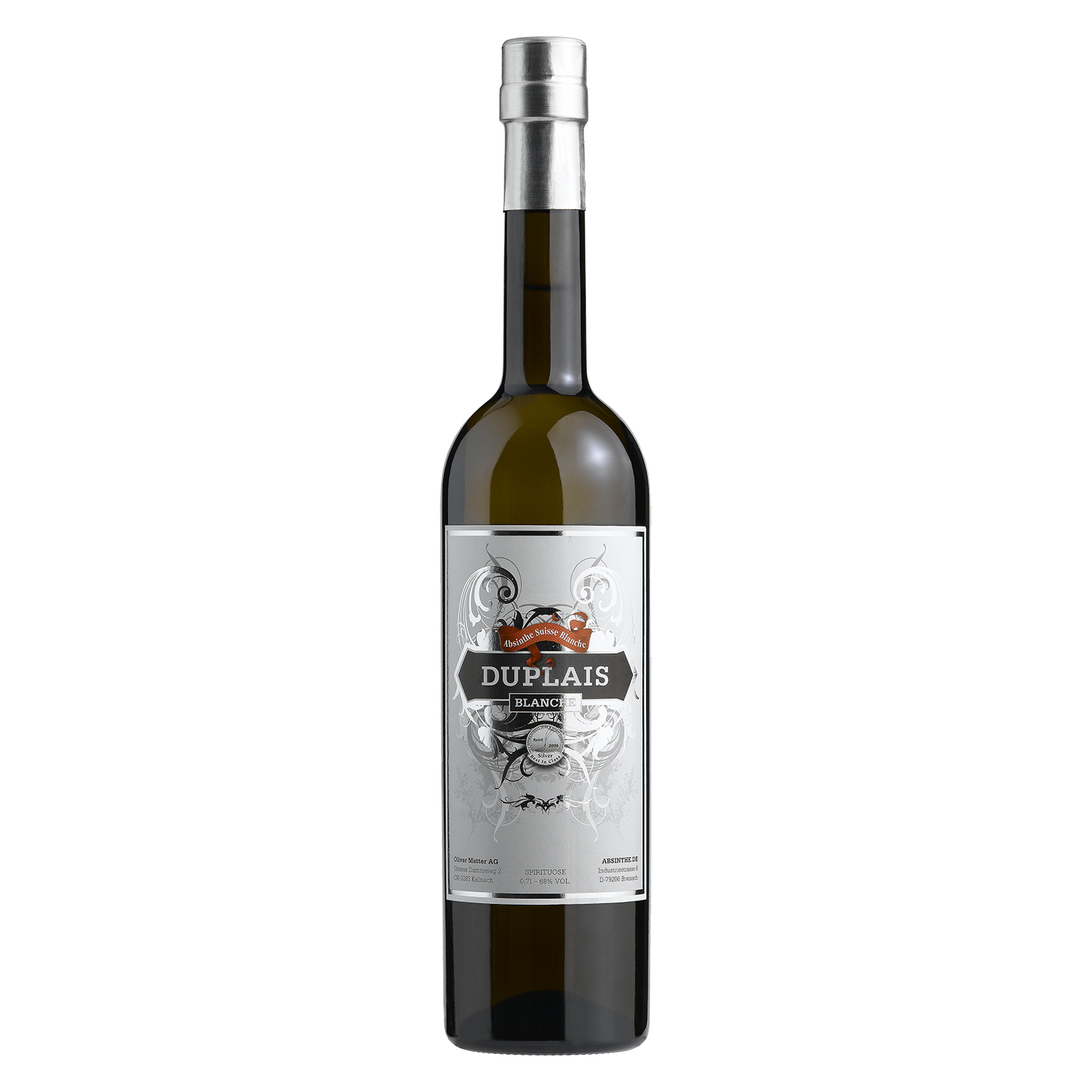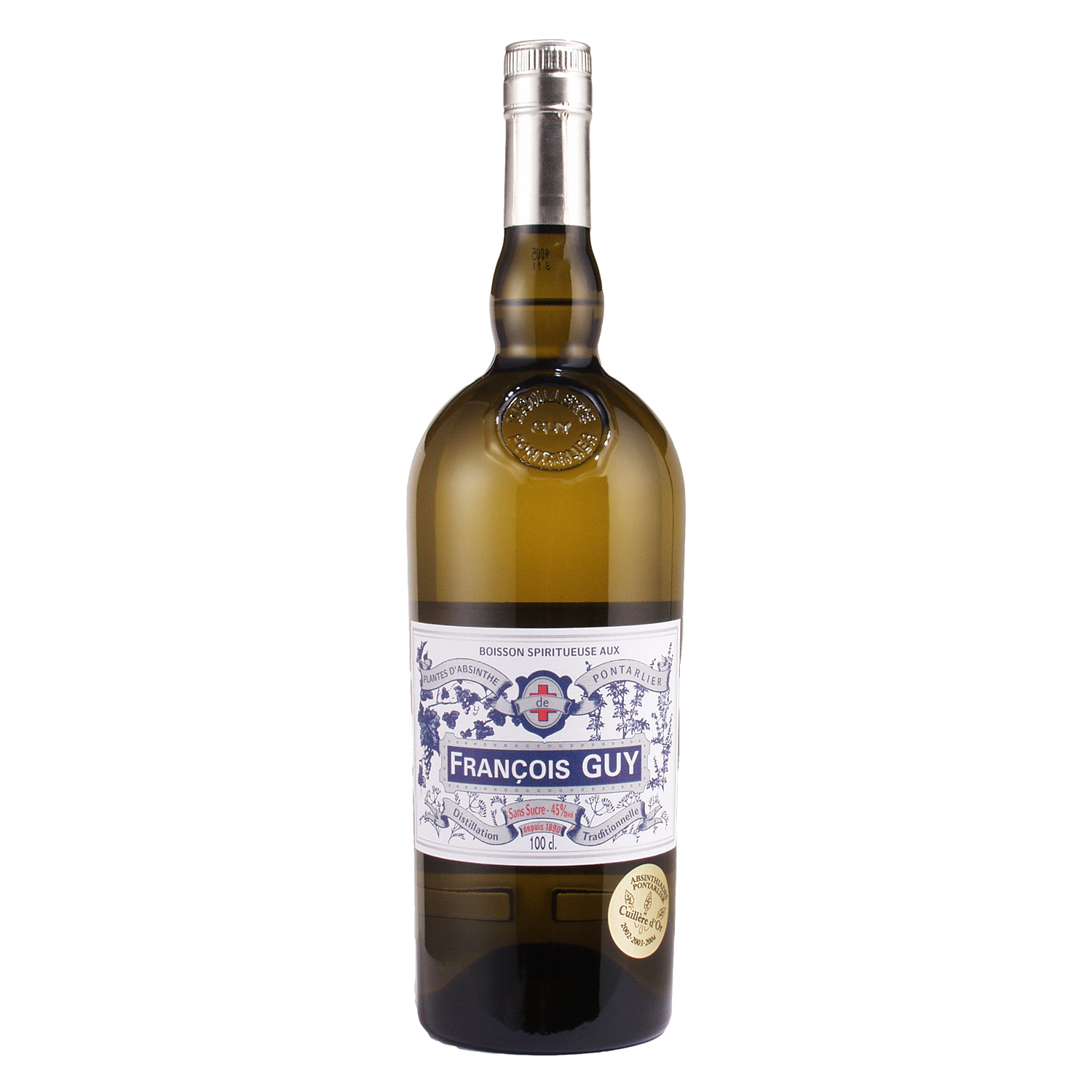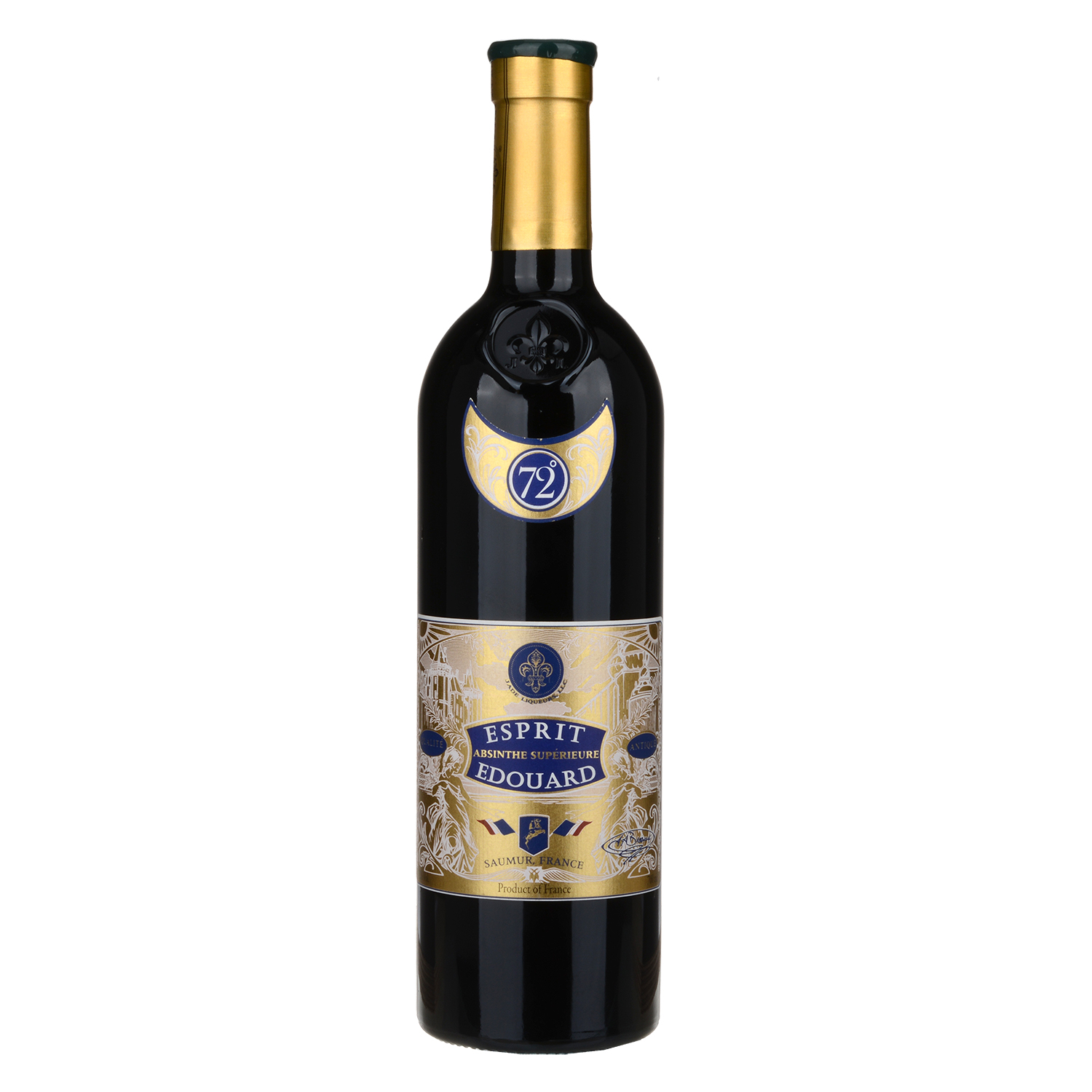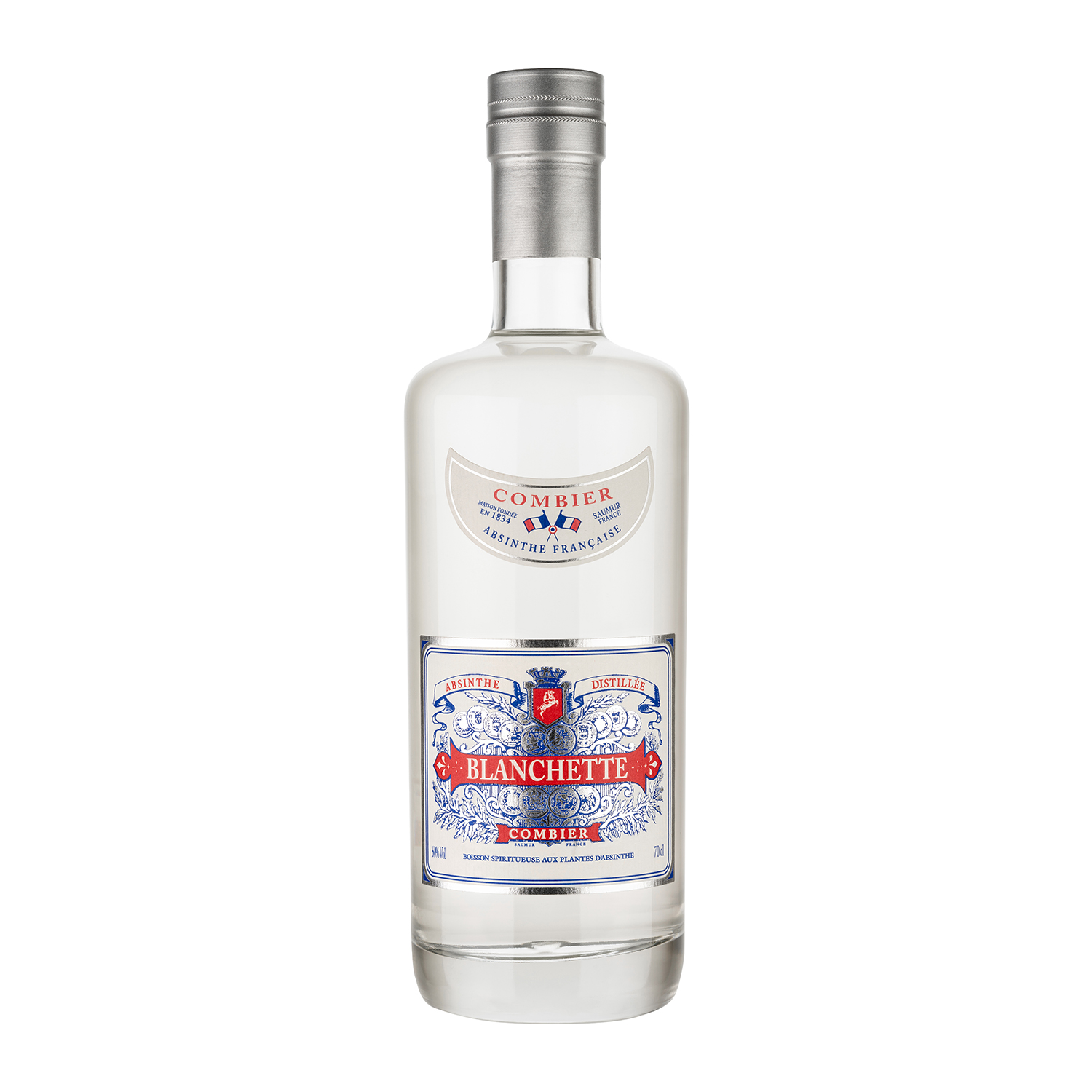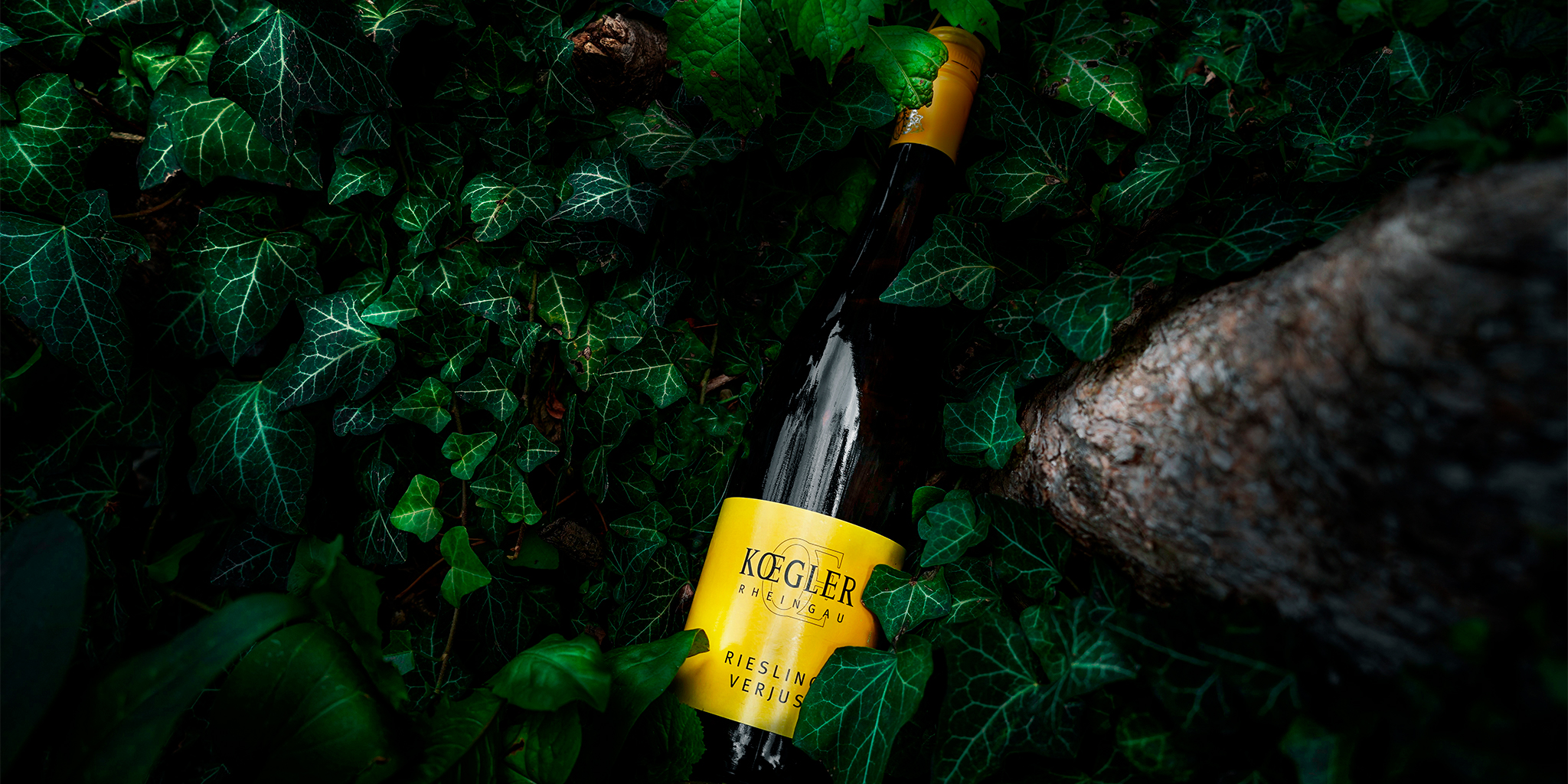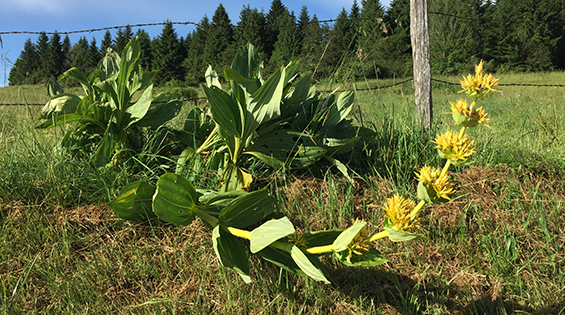Does absinthe produce a special intoxication?

In order to answer this question exhaustively, I will go back a bit, because the topic is more complex than one might think at first glance. First of all, the legitimate question arises as to whether historical absinthe (from the 19th century to the beginning of the 20th century) has a different effect than absinthe produced today.
For this, we look at recipes from various books from the 19th century, which the distilleries used as the basis for their products: In principle, you will find everything there that is also available today: cheaply produced ones Oil mixes, macerates, distillates and colored absinthes. Even more than 100 years ago it was known that there are different products for different requirements. They were also aware that only the best ingredients lead to a high-quality product.
What was misjudged at the time was the importance / effect of the (not only) thujone found in wormwood (Artemisia absinthium). The measurement methods back then were far from being as sophisticated as they are today - and even today it is very unlikely that you will get the same measurement results if you have an absinthe from the same batch analyzed in several laboratories.
What about the popular belief that absinthe had a much higher thujone value in the 19th century than products today? My friend and business partner Ian Hutton got to the bottom of this question many years ago by having numerous historical absinthes examined by the veterinary investigation office in Karlsruhe. Dirk Lachenmeier is a scientist who has dealt intensively with absinthe himself and also wanted to get rid of the thesis expressed above. The result of the investigation was that there were inhomogeneous measured values (between 0 mg and approx. 50 mg), but on average they were at the level permitted today.
So the conclusion is that purely in terms of thujone value, today's products are comparable to historical products. This is not surprising, since manufacturers such as Combier, Matter and Zufanek use recipes that are almost identical to historical recipes. The herbs haven't changed in about 100-150 years either (but of course there are big regional differences). The stills are either as old as the recipes and even originally from Egrot, Paris and were bought second-hand from Pernod Fils (Combier), or in the case of Matter are from the 1930s - 1940s, or in the case of Zufanek are up to date State of the art of burning and almost new (Holstein, Markdorf). The alcohol used today is certainly of a much higher quality than that used by manufacturers in the past. The actual combustion process has not changed significantly. For these reasons, it is reasonable to assume that products from back then are not fundamentally different from those that are manufactured in a comparable way today.
Only the relationship to the topic of intoxication itself has changed enormously in the last 100-150 years. While England in the 18th century experienced a massive mass alcoholism problem because of gin, France was hit by a similar plague of massive alcohol abuse in the 19th and early 20th centuries. At the beginning of the First World War, absinthe was (just right) banned. The more precise circumstances have already been explained in another blog post. In any case, today people are aware of the danger of alcohol differently than back then.
From my own experience, I can say that historical absinthe, due to its extremely long maturation, is a taste experience that is rarely achieved with current products, that there are definitely current products that come very close to that. Alone 100 years and more storage cannot be shortened, but only imitated - which leads to a comparable result.
Finally, I will contrast the original thesis with some provocative counter-theses: Why should a legislature today allow a spirit with an intoxicating drug-like effect (apart from alcohol) for free sale? Which provider needs to advertise with dubious properties? Does thujone (which is also found in rosemary and sage), even in 10 or 20 times the legal amount, have an effect that goes beyond that of the alcohol that one inevitably ingests with the absinthe?
In any case, I've never seen any pink elephants whizzing through the air - no matter how much absinthe was involved. Anyone who is of the opinion that absinthe has a hallucinogenic effect has a strong imagination - and that's something nice too. If I enjoy a glass of historical absinthe, that's enough for me to mentally put myself back in the time of the Belle Epoque.
Again and again we get questions like this one: "I wanted to ask if you also sell absinthes that have the same effect as before the ban... You can forget the current one too much alcohol and no effect as desired...."
Absinthe Dictionary absinthe, thujon, historischer Absinthe, rausch

